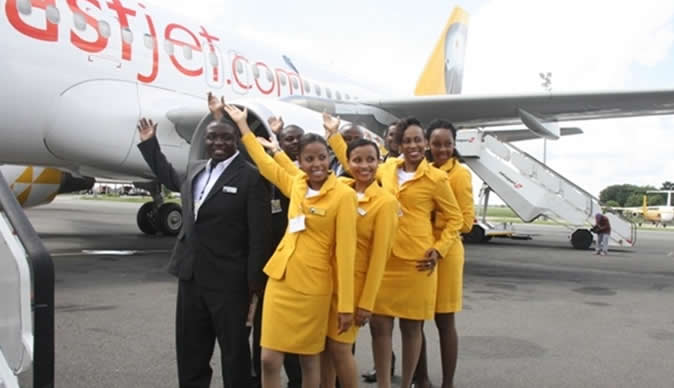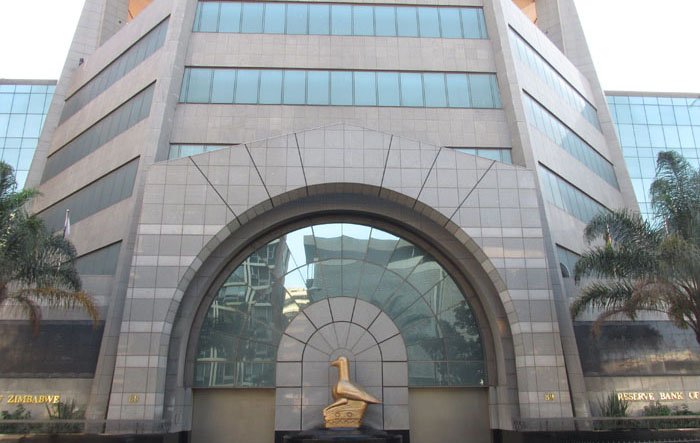RBZ cash measures hailed
MEMBERS of the public have welcomed the increase of mobile money transaction and cash withdrawal limits saying this will bring convenience, but urged authorities to ensure constant supply of cash at banks.
Reserve Bank of Zimbabwe (RBZ) Governor Dr John Mangudya on Monday announced the new mobile money and cash withdrawal limits in his 2022 Monetary Policy Statement.
The central bank increased the limit on mobile money for person to person transfers from $5 000 to $10 000 per transaction up to a maximum limit of $70 000 per week.
The individual person to business entity transfer limit was raised to $25 000 per transaction from $20 000 up to a maximum limit of $100 000 per week.
Transfer limits involving merchants and bill payments for utilities such Zesa have been pegged to a maximum $25 000 per transaction, in what should bring relief to customers The new cash withdrawals limit from banks has been set at $5 000 from the previous allowable weekly cash withdrawal ceiling of $2000.
Dr Mangudya indicated the measures were part of the interventions by the central bank to
support the wider use of the local currency in domestic transactions.
This is expected to reduce the cost of doing business and ensure convenience for individuals and companies through higher transaction figures necessitated by a surge in inflation.
Further, this move is also expected to boost buying power of local currency per transaction, as both mobile and plastic money transactions now have higher limits.
A survey by The Herald Business, indicated that members of the public were happy with the decision by the RBZ as transacting had become cumbersome and expensive due to the low limits.
“We were now spending most of our time in bank queues, but now we are able to access a better amount of money, which means we are no longer losing productive hours at banks.
“The increase is important as people are now able to transact more conveniently given the lower limits deprived us from spending more,” said Mr Mudzonga of Harare.
But members of the public bemoaned the intermittent availability of cash by banks, calling on authorities to take measures to ensure a steady supply of the local currency.
Others implored the responsible authorities to consider further upward review of the amount of cash that can be withdrawn.
“…the supply of money was not constant at the automated teller machines when they were giving $2 000 per week so we expect to have a constant supply of the amount and even an upward review to more than $5 000,” said another Harare resident who only identified himself as Mr Chisora.
The $5 000 limit per transaction was instituted in August 2020 after mobile network operators in the country followed the Reserve Bank of Zimbabwe (RBZ) directive.
Dr Mangudya hailed measures by the Treasury to promote the use of local currency for domestic transactions, expected to reduce demand for foreign exchange for domestic transactions.
He said the use of the local currency helped the economy to grow by 7,8 percent in 2021 on stronger local currency-backed aggregate demand driven by bumper agricultural output and widespread Government infrastructure projects.
Other measures to prop up the local currency include increasing foreign exchange availability (through auction) to fuel service stations designated by the Zimbabwe Energy Regulatory Authority (ZERA) to sell fuel in local currency.
The Central bank said it would ensure minimum deposit rates for savings and time deposits remain at 10 percent and 20 percent respectively, to preserve value for local currency.
This is also expected to support growth of foreign exchange reserves to back-up the local currency and enhance its attractiveness through setting aside 5 percent of the forex available for the auction system.-The Herald











